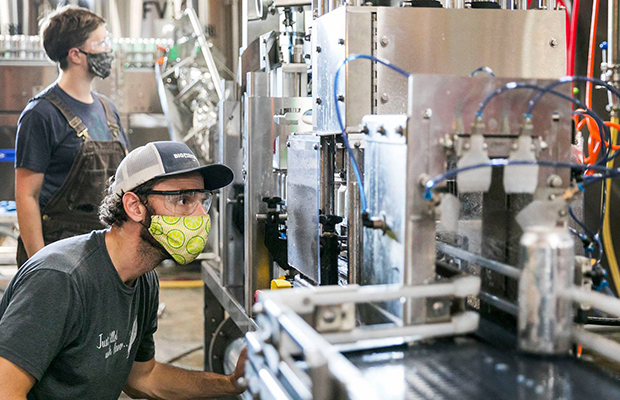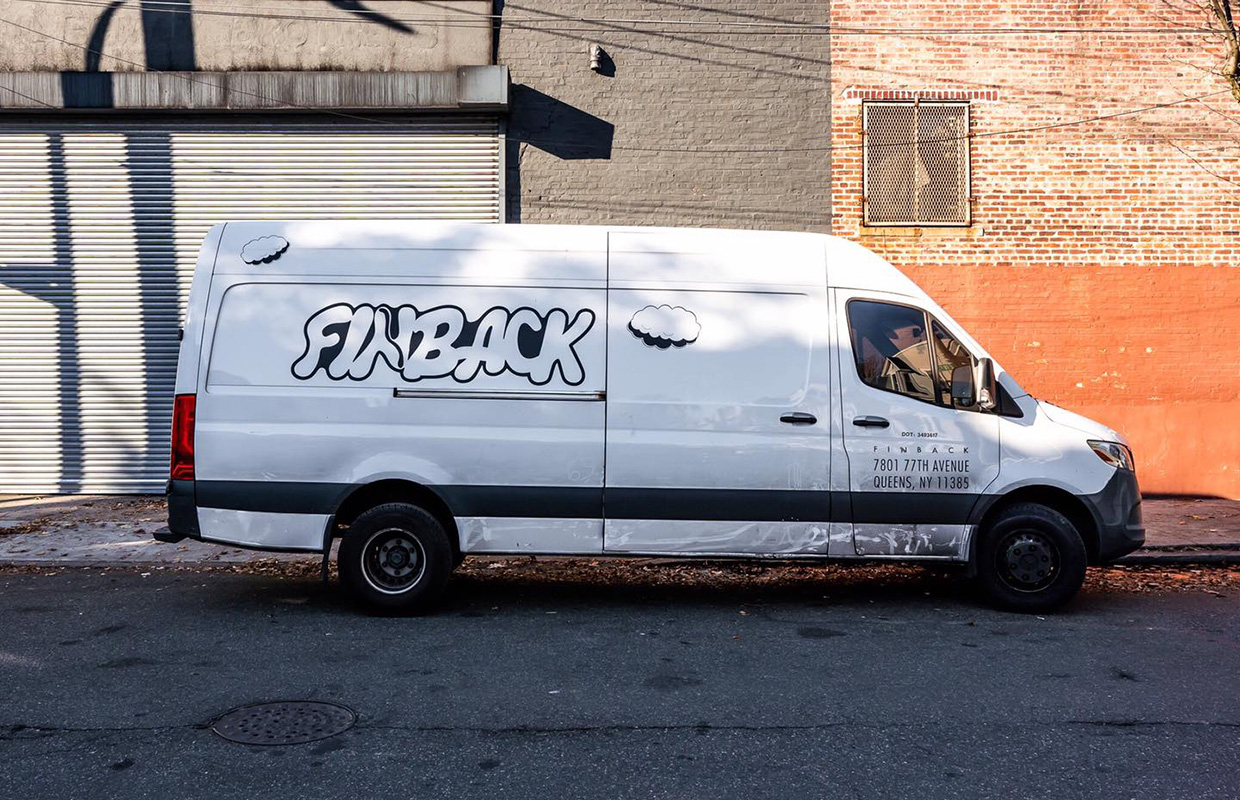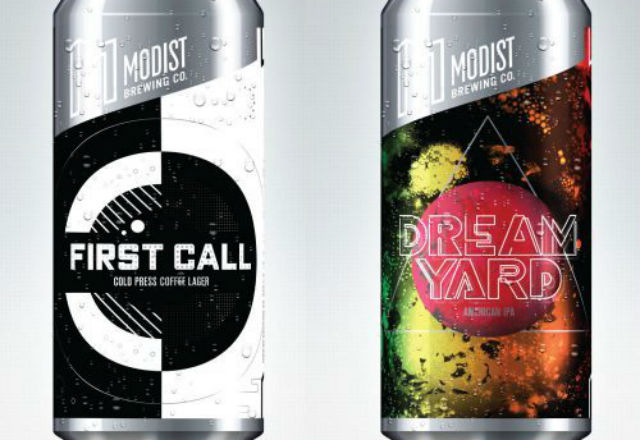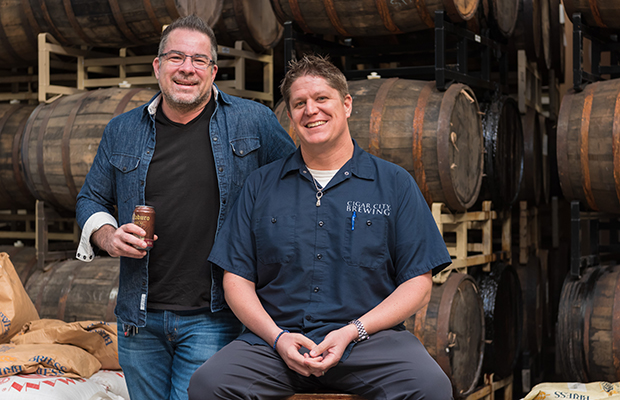
Planning on production output for the rest of this year and into 2021, and the packaging or cooperage your brewery will need is going to be tough this fall. Growth may be stagnant or even upside down, which means a vital need for communication from all aspects of the brewery — from production, management, sales, and hospitality.
Boomtown Brewery, for example, is not planning for its draft to be back in any real meaningful way until next year.
“It would be great if we were wrong, but the numbers just don’t seem to show us otherwise,” said Ben Turkel, Production & Brewery Manager. “Generally speaking, our packaging volumes have flipped — where we once kegged 90% and canned 10%, we now do the inverse. The draft we do sell is mostly through crowlers via our taproom.
“If for some reason draft sales do start picking up, then we’ll slowly start changing those percentage numbers to reflect consumer demand.”
In this crazy time, Turkel said Boomtown has weekly meetings between production and sales to determine and forecast what brands should be made, along with when and in what type of packing.
“Our sales team is on the front line of consumer and buyer interactions,” he said. “They bring a lot of knowledge and information to the conversation.”
When it comes to projections, the Boomtown staff typically looks out in one and two-month intervals which are talked about and revised weekly as needed.
”Using a data entry program (like EKOS) has allowed us to enter in costs, check cost analysis, and generally track COGS across the lifetime of a product,” Turkel explained. “Not only does this help us set product costs, but it also helps us forecast costs as we schedule out future production.”
Turkel added that Boomtown sees that COGS tracking and production scheduling go hand-in-hand helping the California brewery sort out labor; when to order gain/hops; and ultimately when it expects to see profit returns.
“While we always want to have supplies on hand, we try to make sure we aren’t sitting on too much overhead – thus keeping capital free and supplies fresh,” he said.






1 Trackback / Pingback